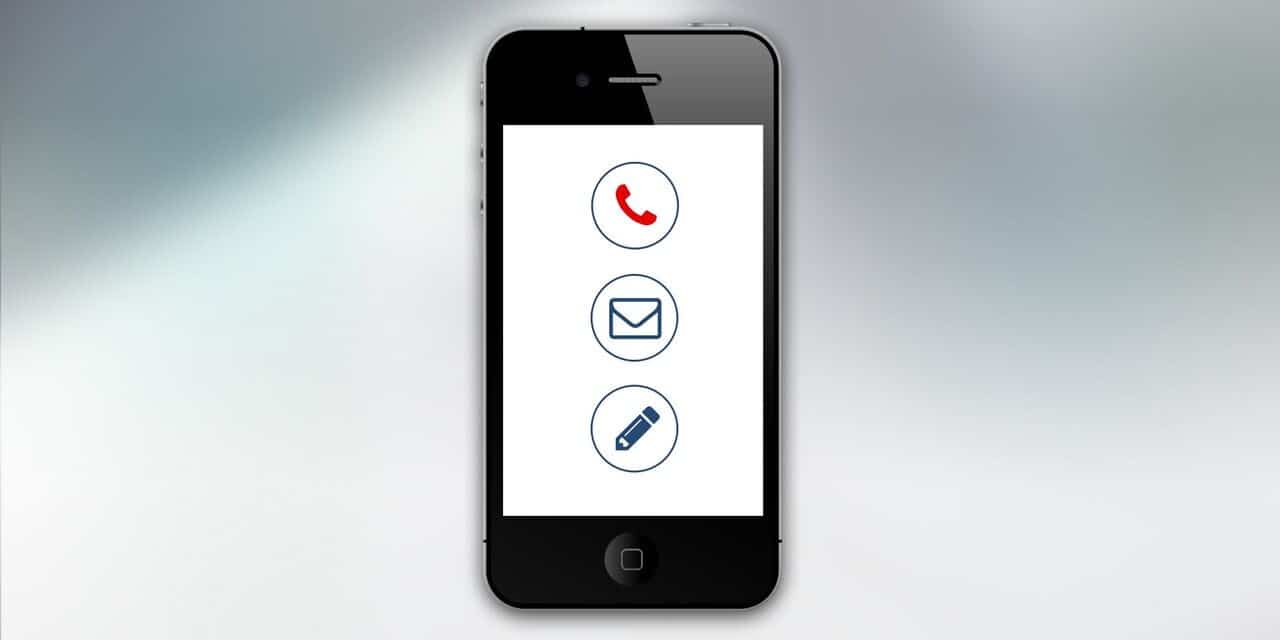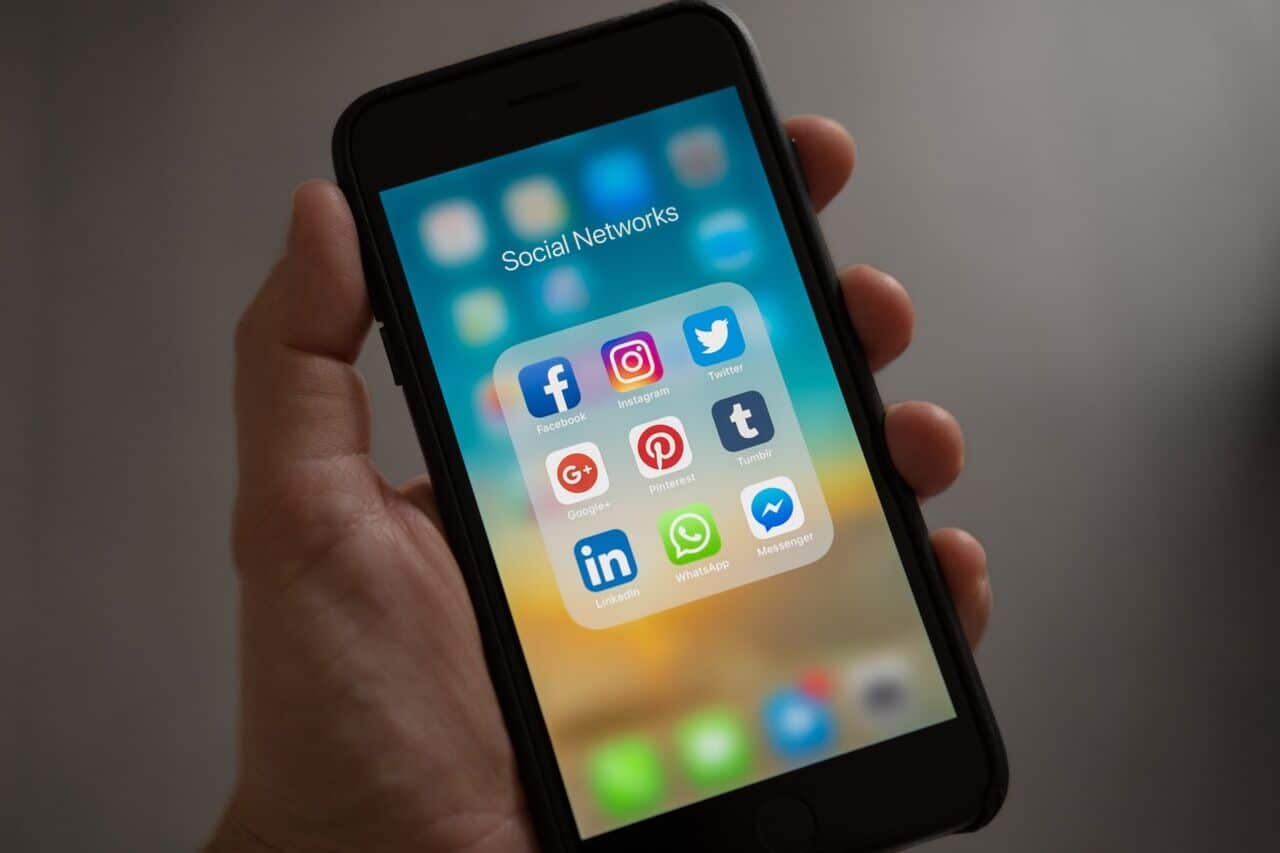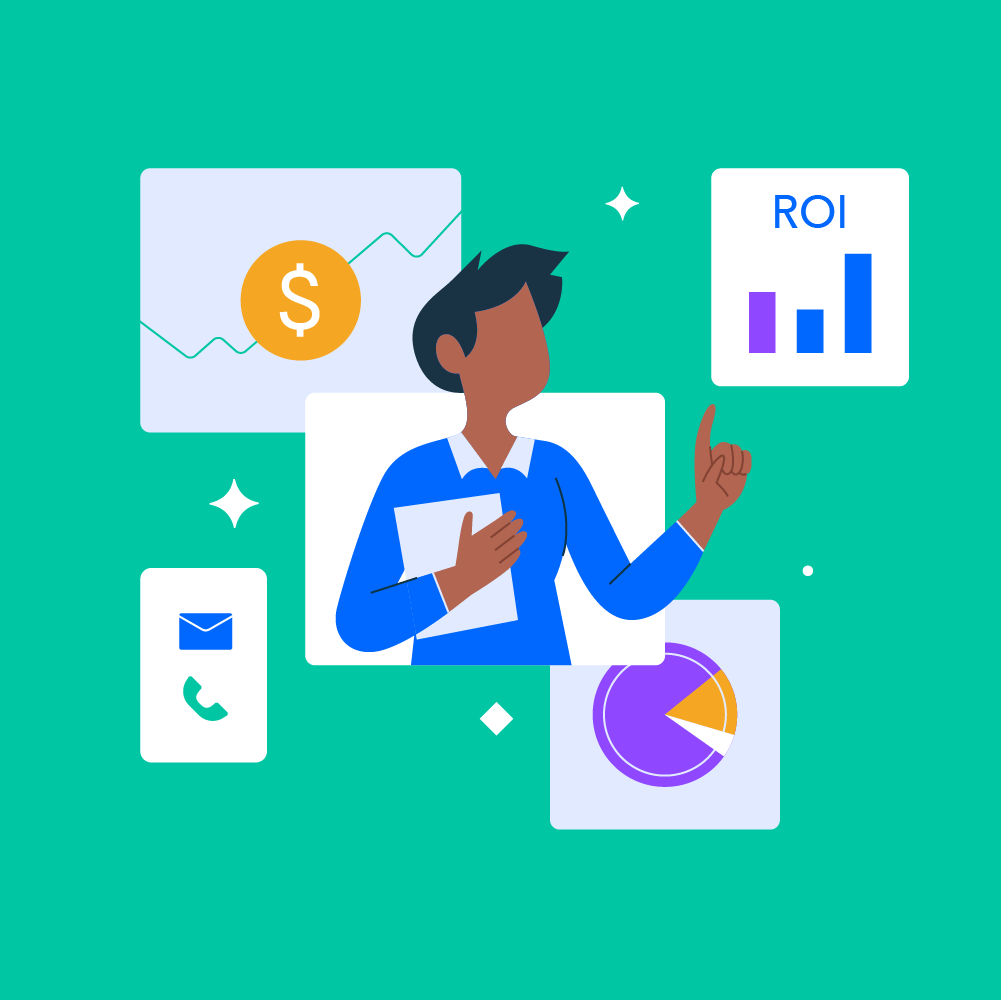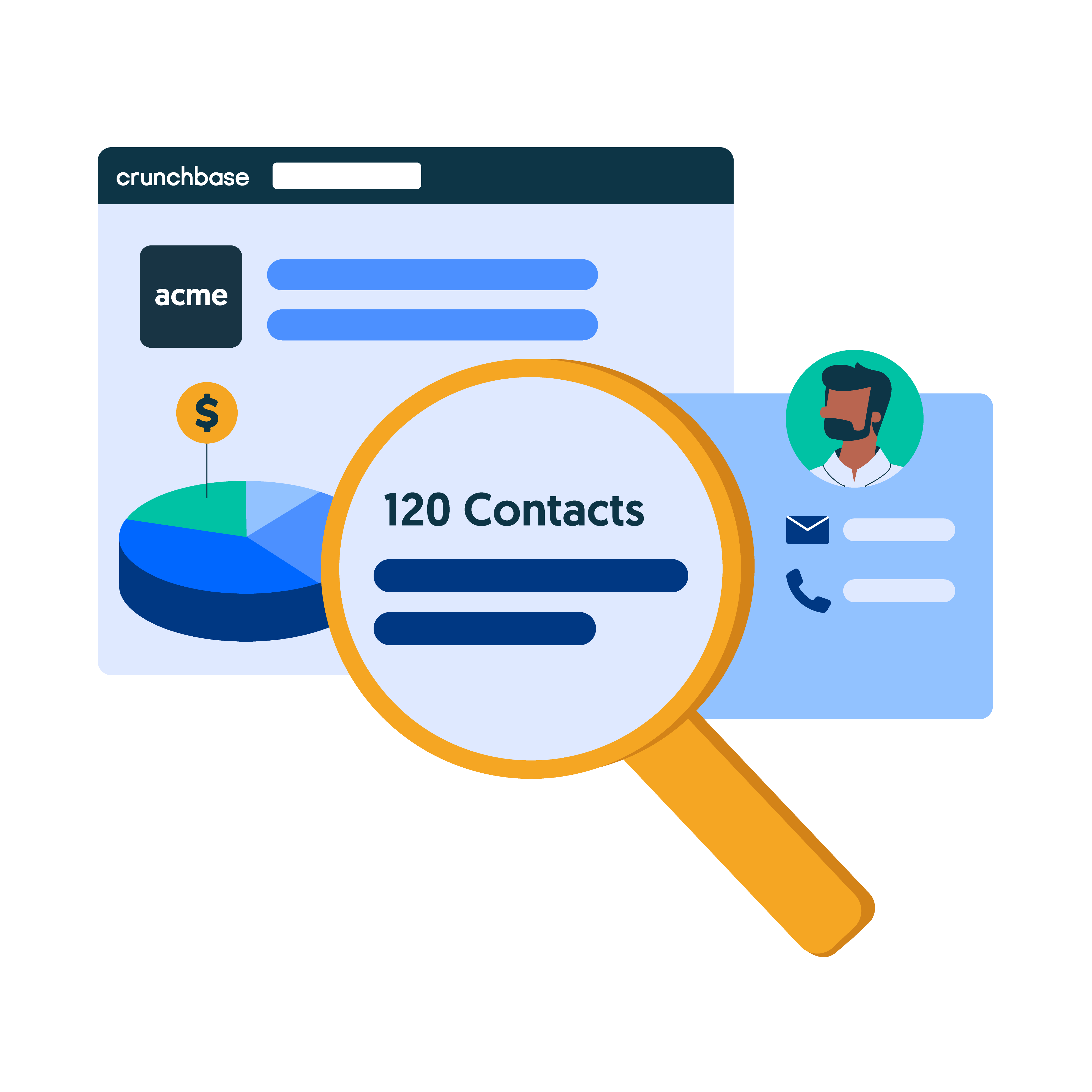As the final quarter to 2019 looms closer, sales teams are rallying to meet their year-end targets. Ending the year on a high note is crucial to starting next year with positive momentum.
During this time of the year, most salespeople have bottom heavy pipelines i.e. a lot of prospects who are yet to take a decision on your proposals.
Grow your sales pipeline with Crunchbase Pro – try it free for seven days.
Given how most B2B sales cycles on average take 4-6 months, the chances of you closing new leads on the final quarter are fairly low. Which is why diving deep into the existing pipeline should be your top priority to become a top sales rep.
The Three Golden Rule of Sales
1. Follow up.
2. Follow up.
3. Follow up.
Though it sounds deceptively simple, a well-documented problem is the lack of proper followups in the sales process.
80% of sales require 5 follow-up calls after the meeting. In fact, 50% of sales happen after the 5th call.
However, a shocking 44% of sales reps give up after 1 follow-up.
Why an Omnichannel Sales Strategy Is Necessary
Your prospects are being bombarded with messages every other day, and if they haven’t rejected your proposal already chances are that:
1. They have the budget and are interested.
2. All the respective decision-makers are yet to come on board.
In this equation, followup is the name of the game that salespeople cannot afford to miss out on.
What Omnichannel Sales Really Means
Omnichannel is a fancy way of saying that you need to engage prospects on as many touchpoints as possible.
Sales development reps average 94.4 daily activities which include 36.2 emails, 35.9 phone calls, 15.3 voicemail messages, and 7.0 social media touches.
Handling interactions on such a wide range of channels can be overwhelming. Here is a quick guide on how to navigate them for prospects in the consideration stage:
Channel #1: Phone and Voice Message
If someone is in the consideration stage, and you want to move in for the close, there are two scenarios in which your prospect should receive a phone call.
1. From the Salesperson: 55% of high growth companies – who experienced a minimum of 40% growth over the previous three-years – stated that cold calling is very much alive.
2. From a trusted source of recommendation: Word of mouth can do wonders when it comes to converting a prospect sitting on the edge.
Leveraging LinkedIn and your personal contacts, it would probably be a great idea to find and ask an existing customer whom the prospect knows in person to make a recommendation.
Text and email work well, but the in-person phone call can be crucial.
Sending text messages to a prospect prior to making contact on the phone decreased the likelihood of ever contacting that lead by 39%.

Channel #2: Text Messaging
Text messaging usually works well for followup purposes. The caveat of this channel is its brevity. People expect short informal messages, usually a couple of phases long, to interact over SMS.
Thus making it easy to get a quick update on what is happening with the deal.
Prospects who are sent text messages convert at a 40% higher rate.
Channel #3: Email
Email is the Holy Grail for B2B salespeople. However, your prospect is dealing with a lot of other priorities over their inbox and your’s might be drowning in the noise.
This calls for a bit more innovation than the generic, “Hey! Did you receive my last email? Looking forward to hearing back from you!”
Chances are that your prospects are receiving your marketing newsletter – which makes it a great opportunity for you to start a conversation contextualizing the material for their business and use case in a separate personalized thread.
“Hey {name}
Did you see our latest features? This will use XYZ features and help you increase revenue by up to 10% – 15%”
Personalized emails including the recipient’s first name in the subject line can boost open rates by 29.3%.
It is also a good idea to follow up with a text after sending an email. Texting after contact leads to a 112.6% higher lead to engagement conversion.
Channel #4: Social Media – LinkedIn/Facebook/Messenger/Whatsapp/Twitter
Social media is often regarded as personal space, and prospects might not appreciate a sales pitch on these channels. However, if you are connected to their personal profiles, the sound strategy, is to engage with their posts with likes/comments/retweets.
It accomplishes the task of them acknowledging your presence and triggers a subconscious reminder to respond to your emails.

It has been documented that sales reps that leverage a triple touch have 28% higher lead-to-opportunity conversion rates than reps that use just phone and email (source).
The following matrix provides a visual overview of how each platform should be leveraged for B2B prospects who have already received proposals and are in the consideration stage:

Being omnichannel may sound overwhelming at first. However, mastering it requires discipline and dedication. Sales teams can also consider automated workflows to help them deliver on omnichannel followups without getting lost on all the different platforms and their respective nuances.
Shadab is the Founder and C.E.O of ChatLeads – an automation platform for sales & marketing teams. An avid believer in discovering and developing A.I driven solutions for various business use cases, Shadab works with enterprises of all sizes to solve bottlenecks to growth and to enhance the customer experience.





